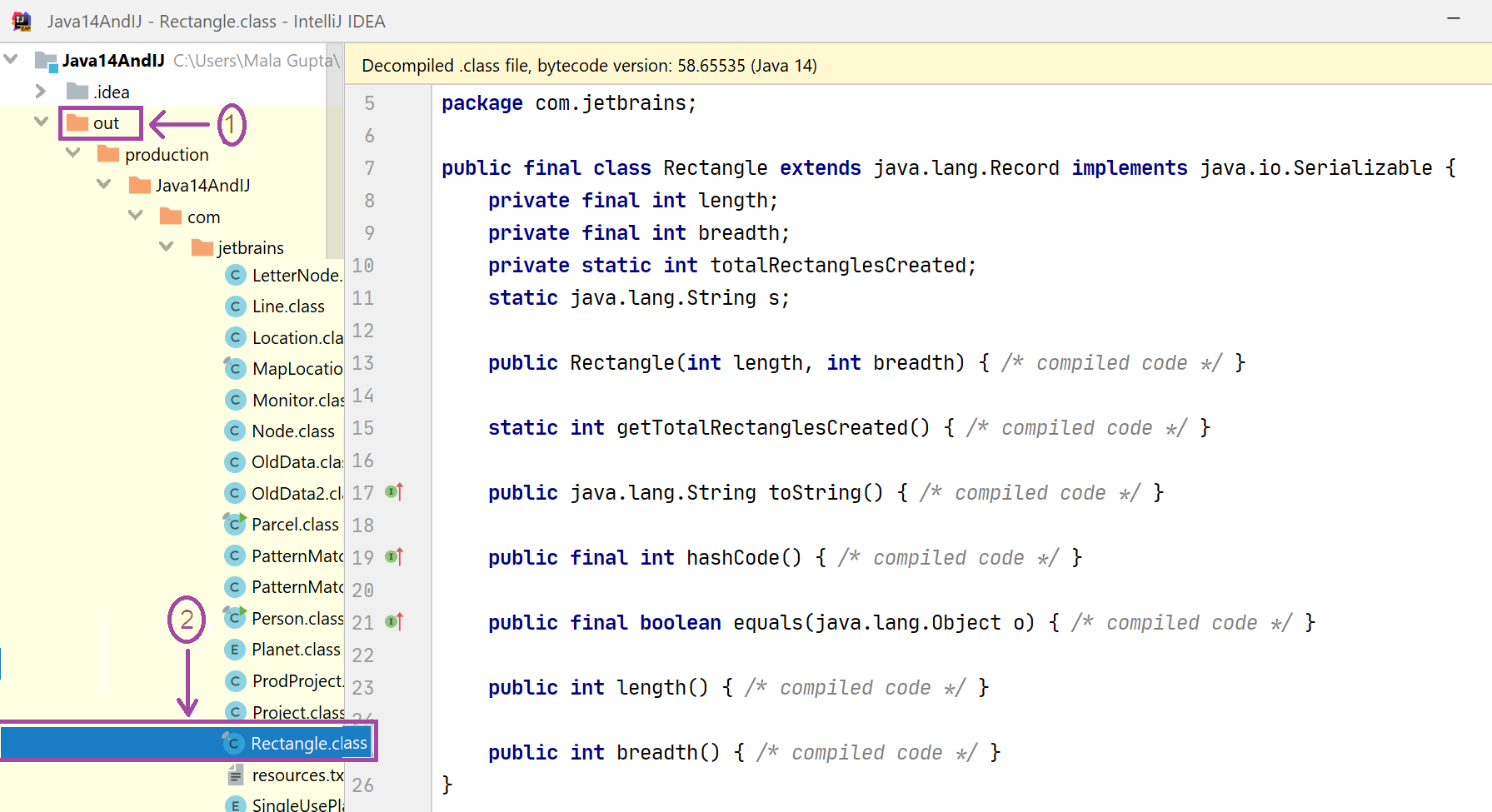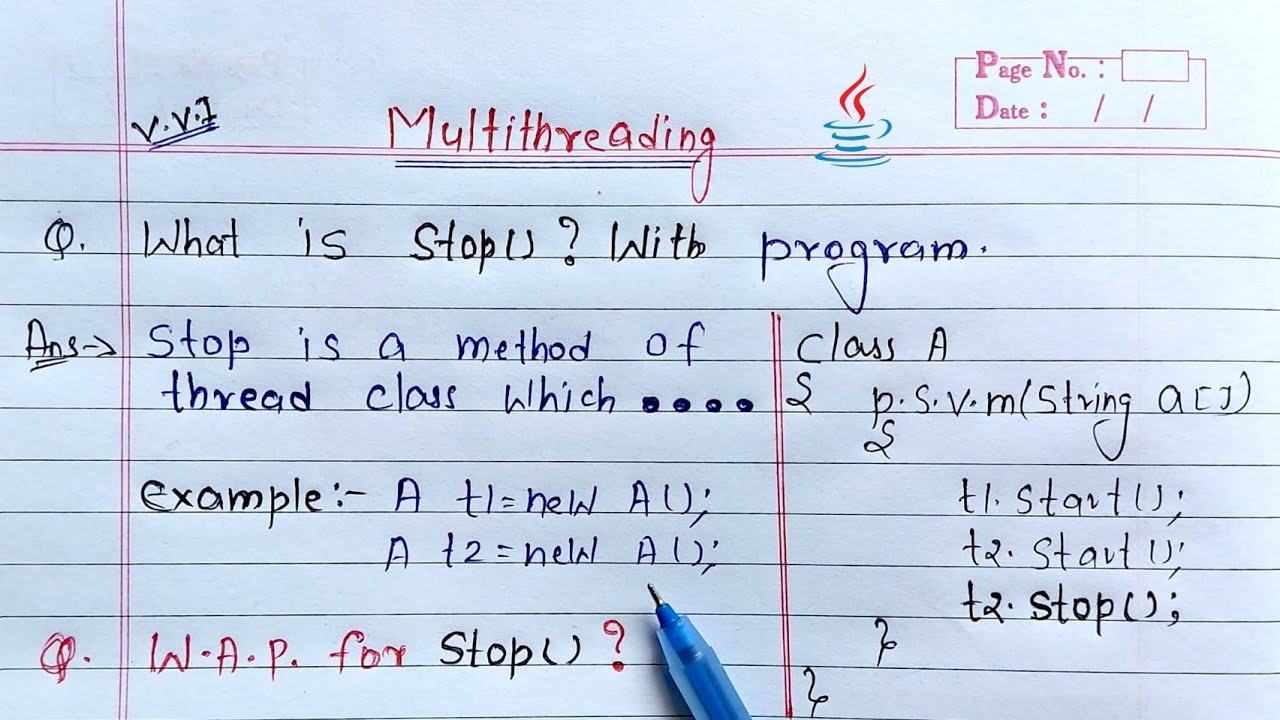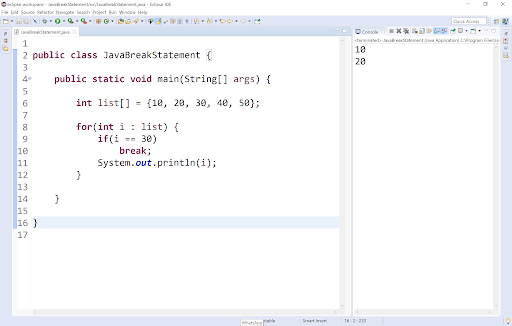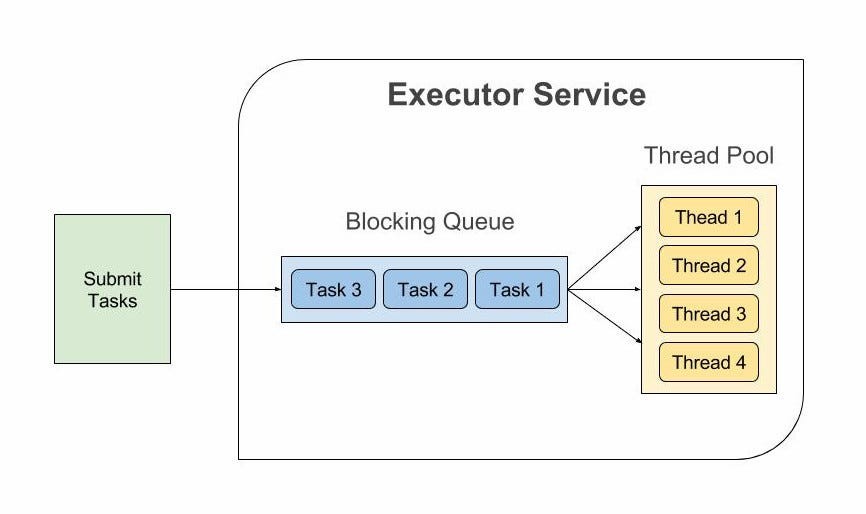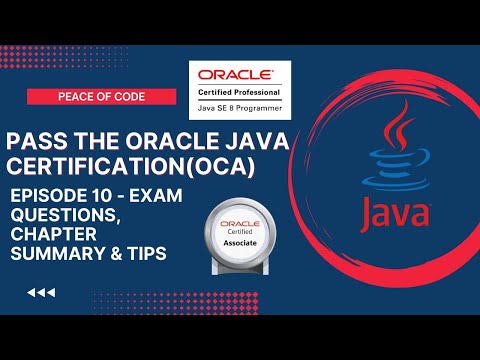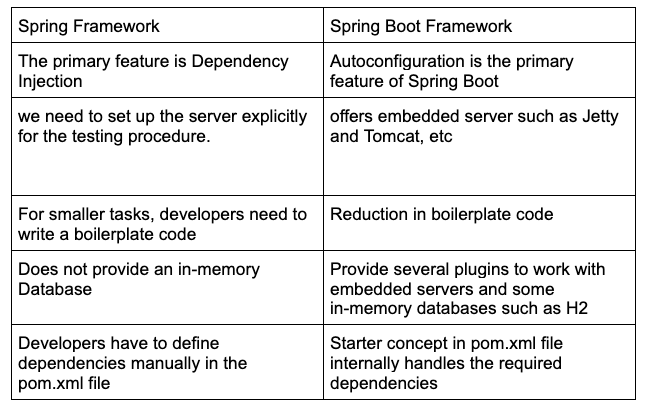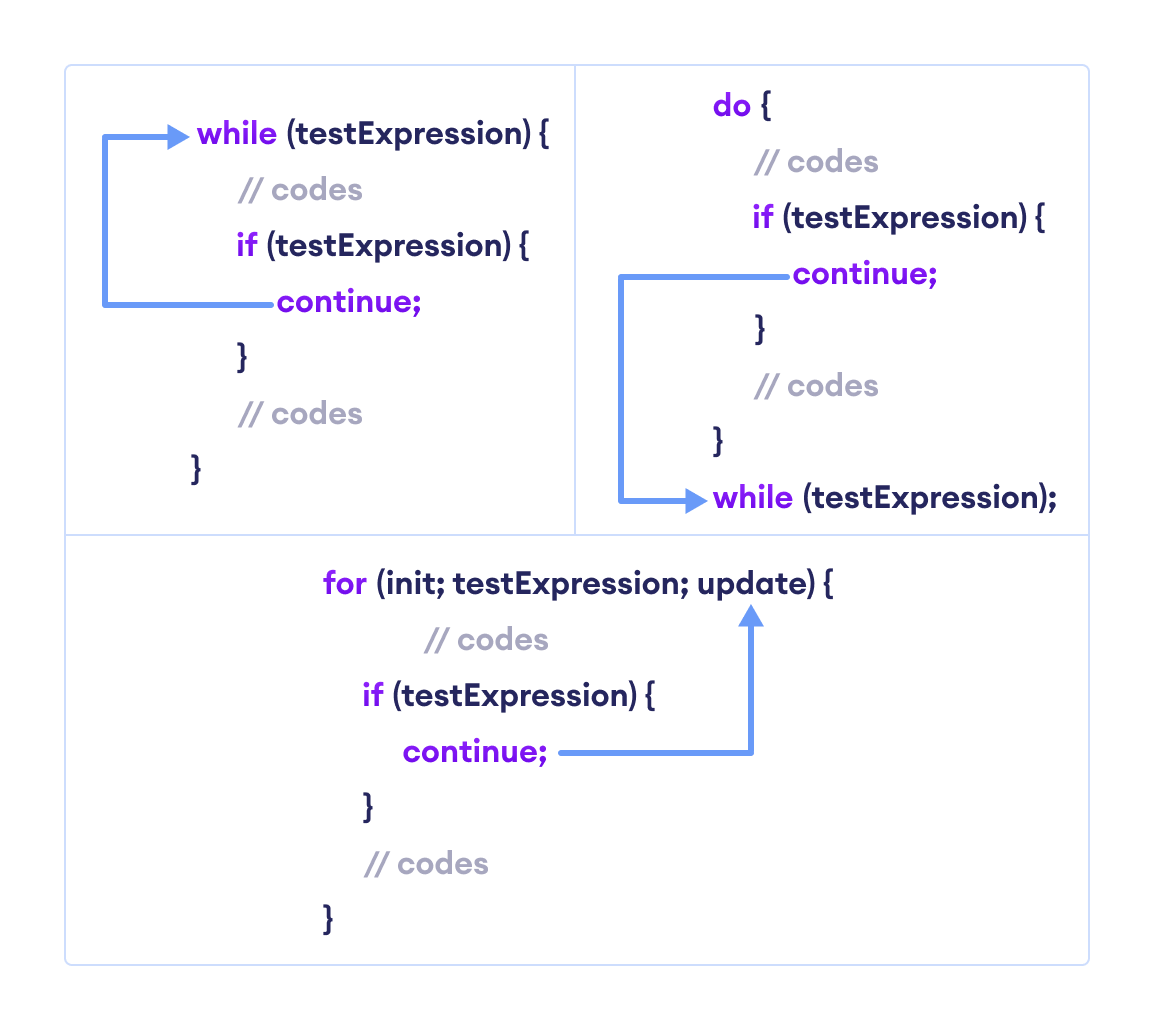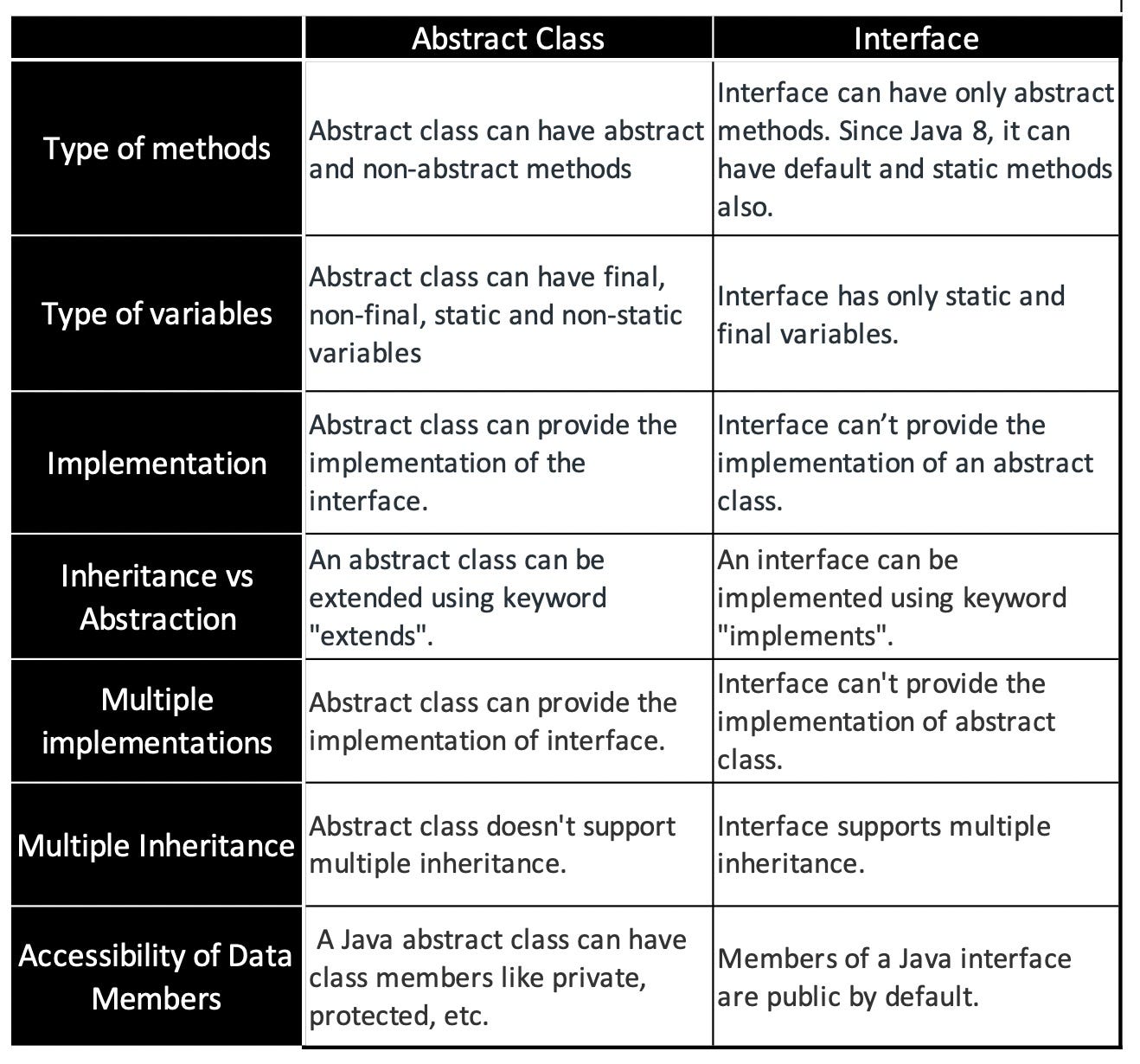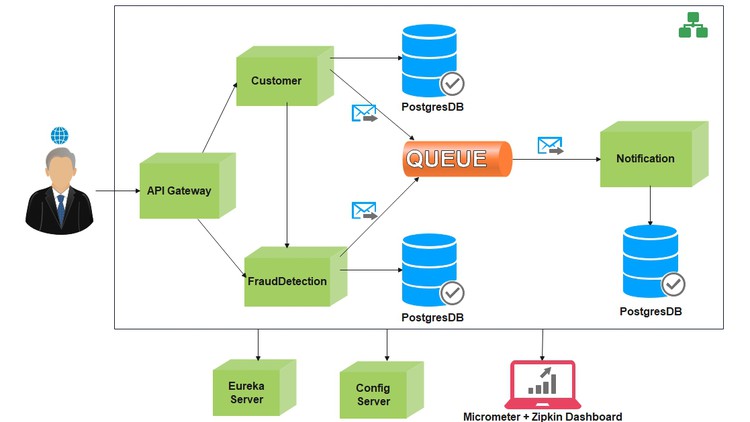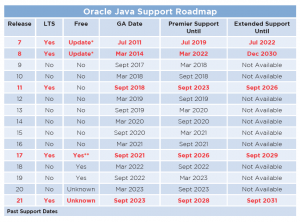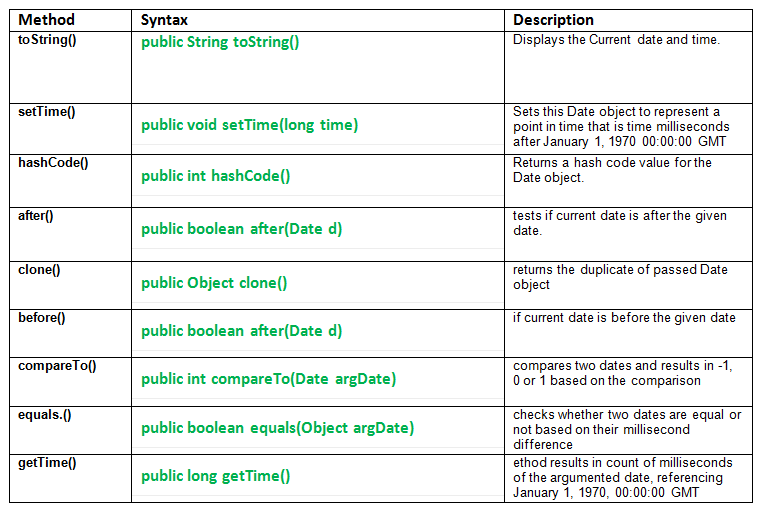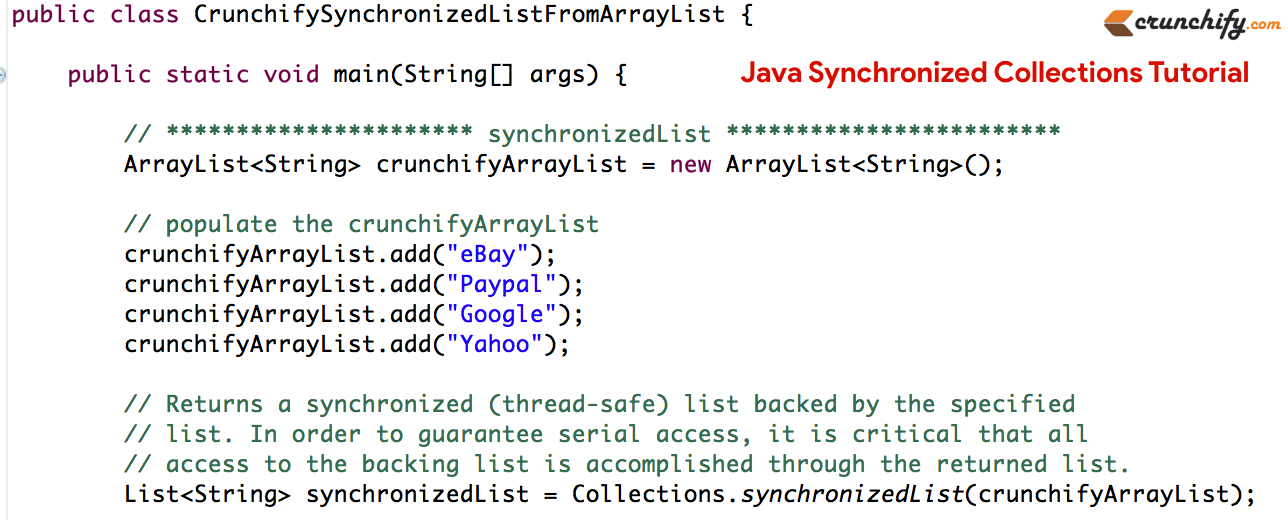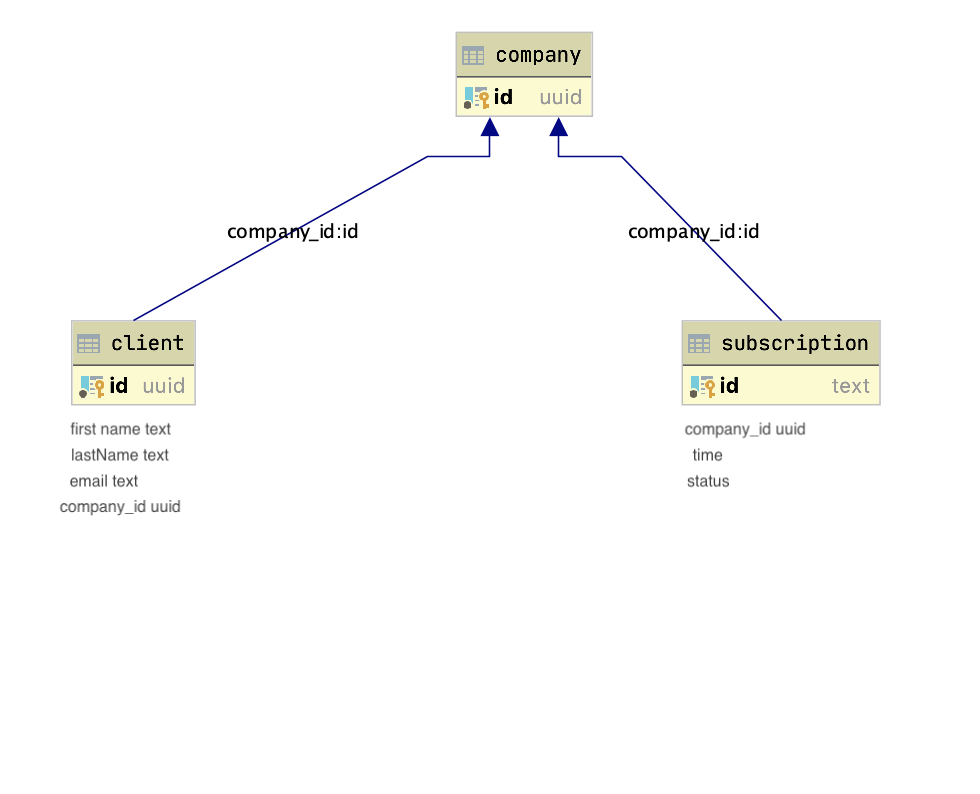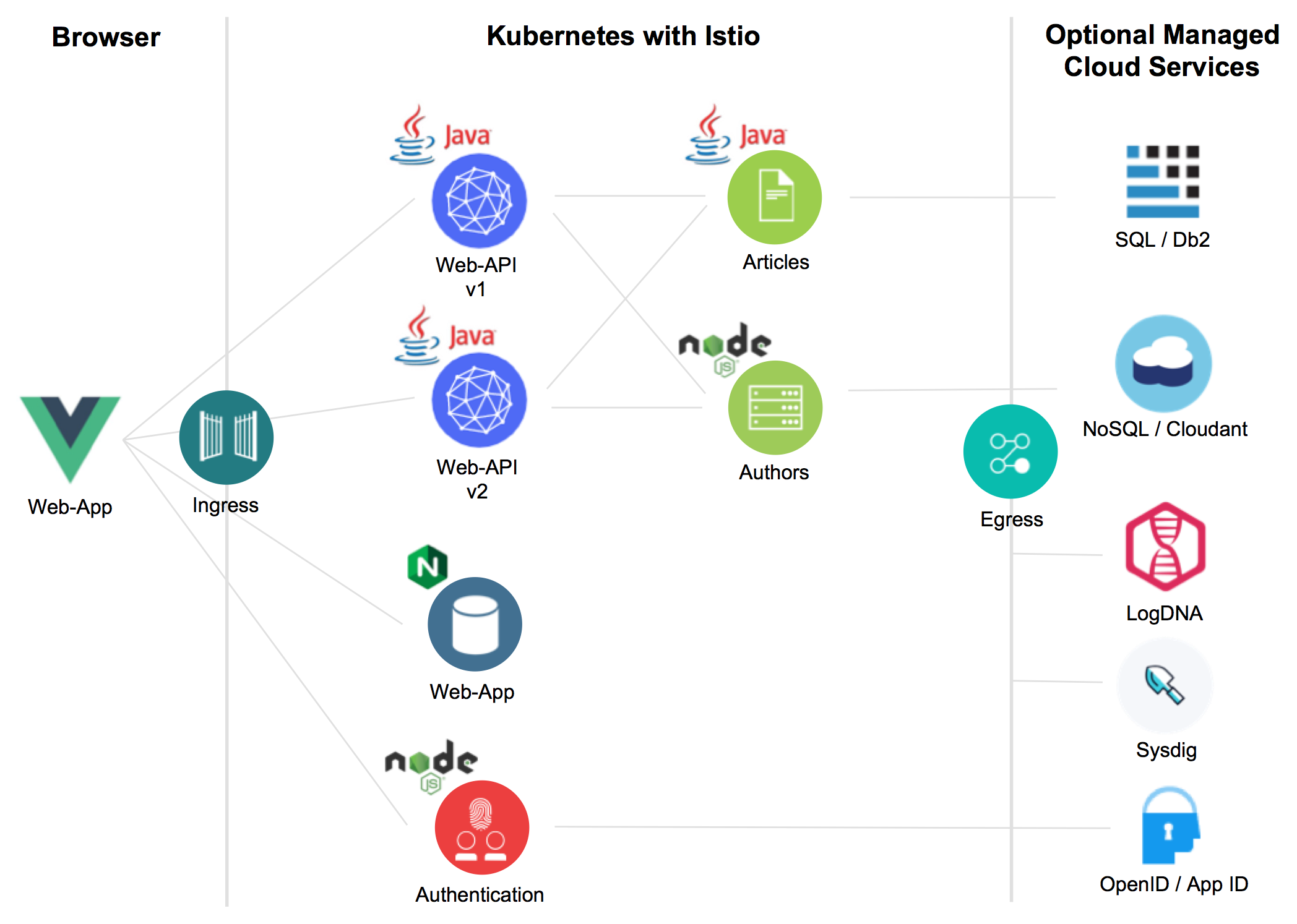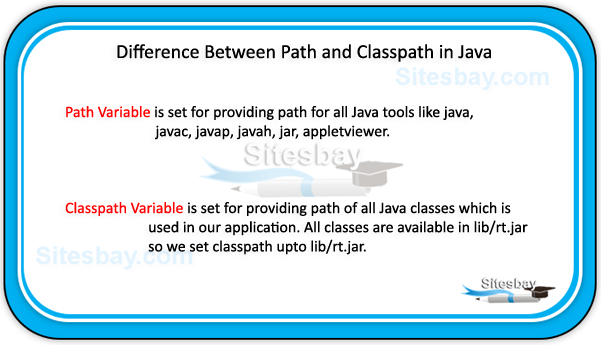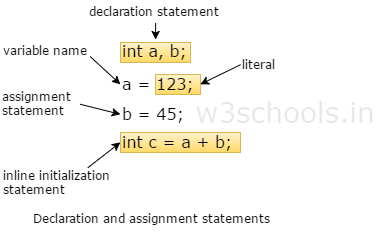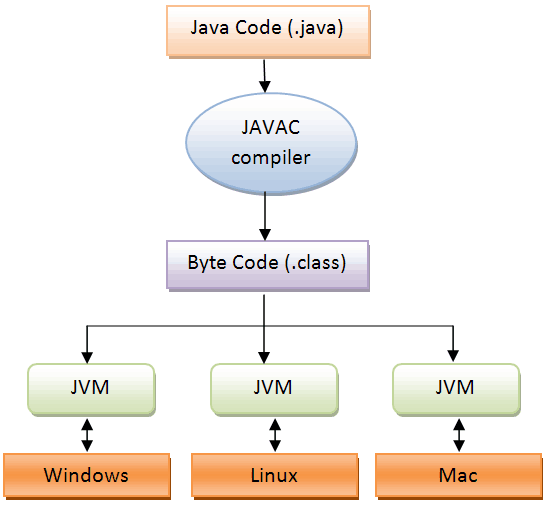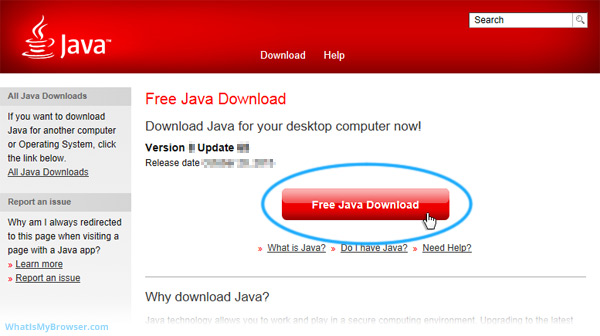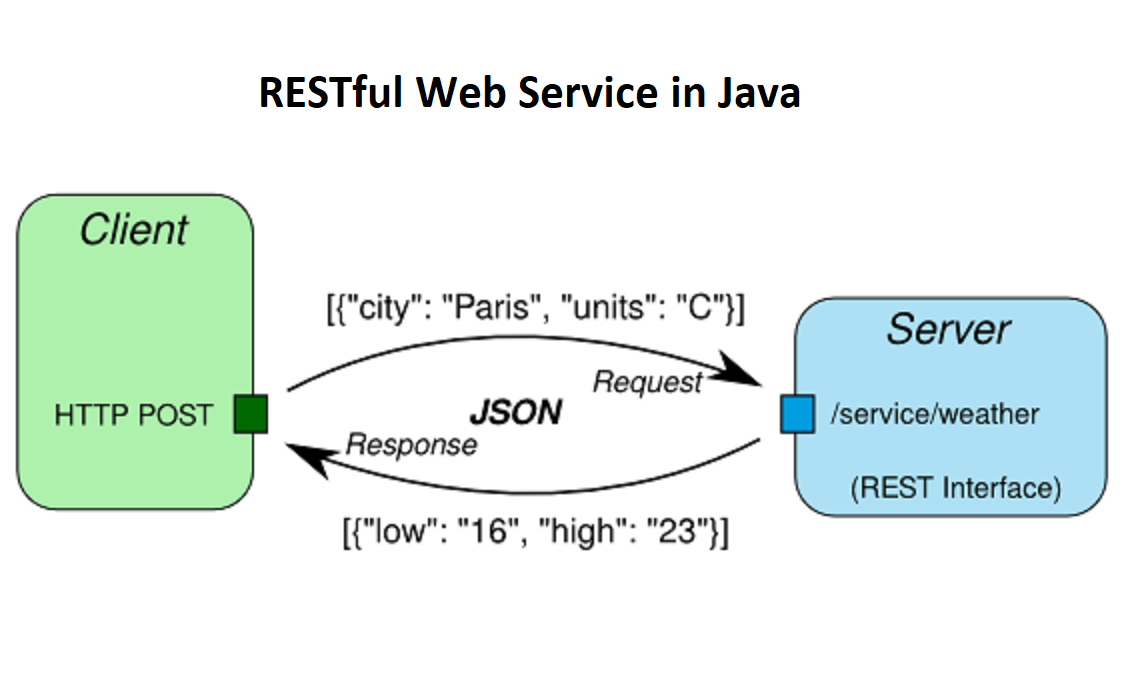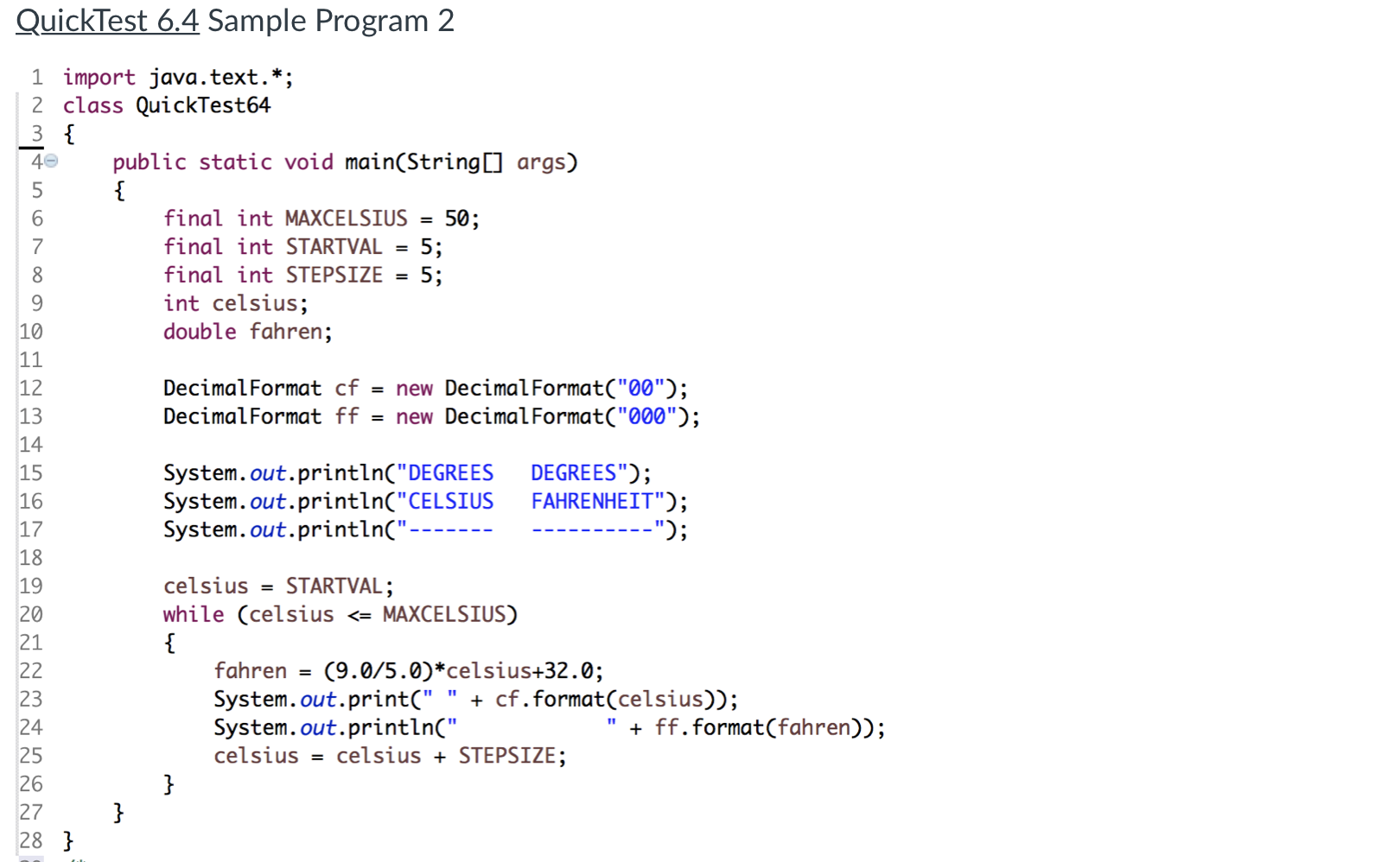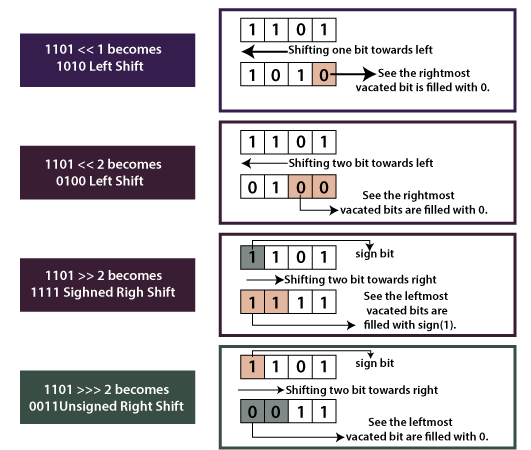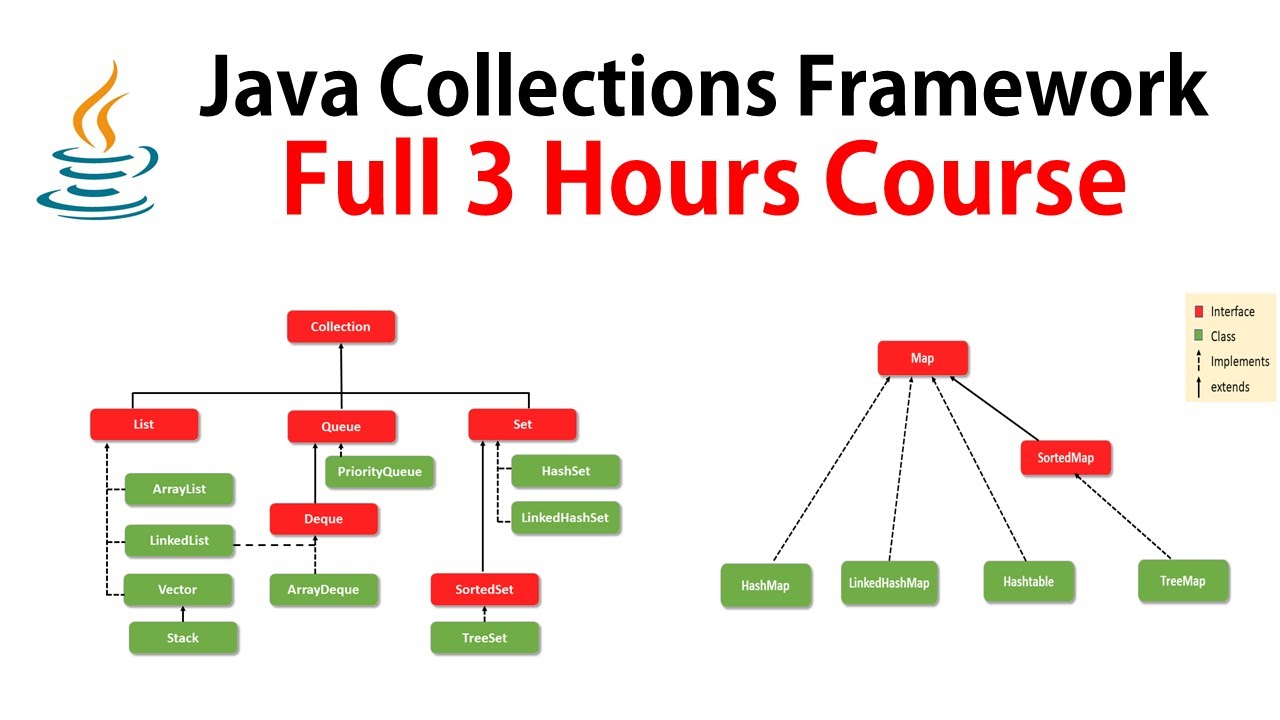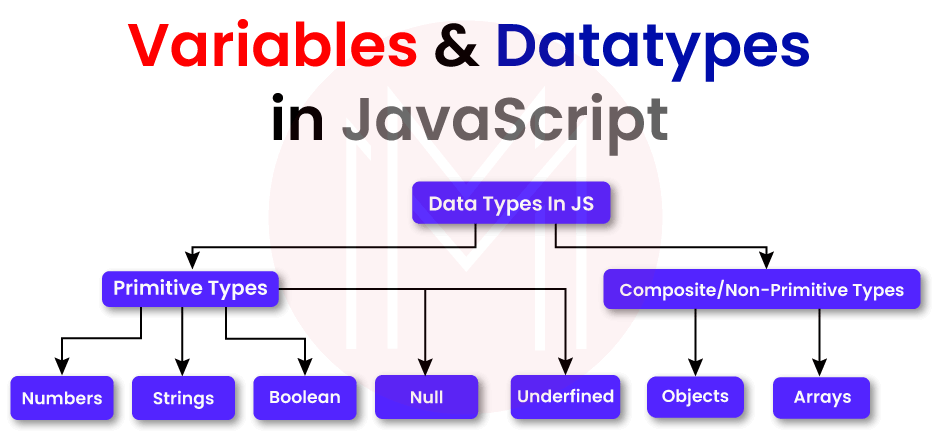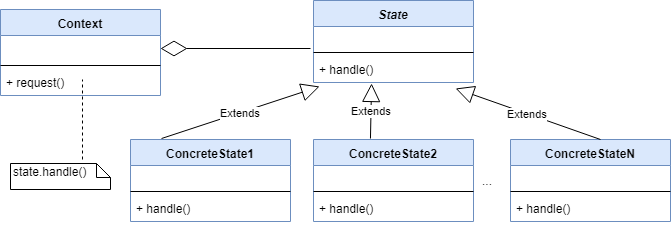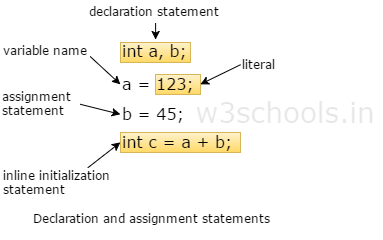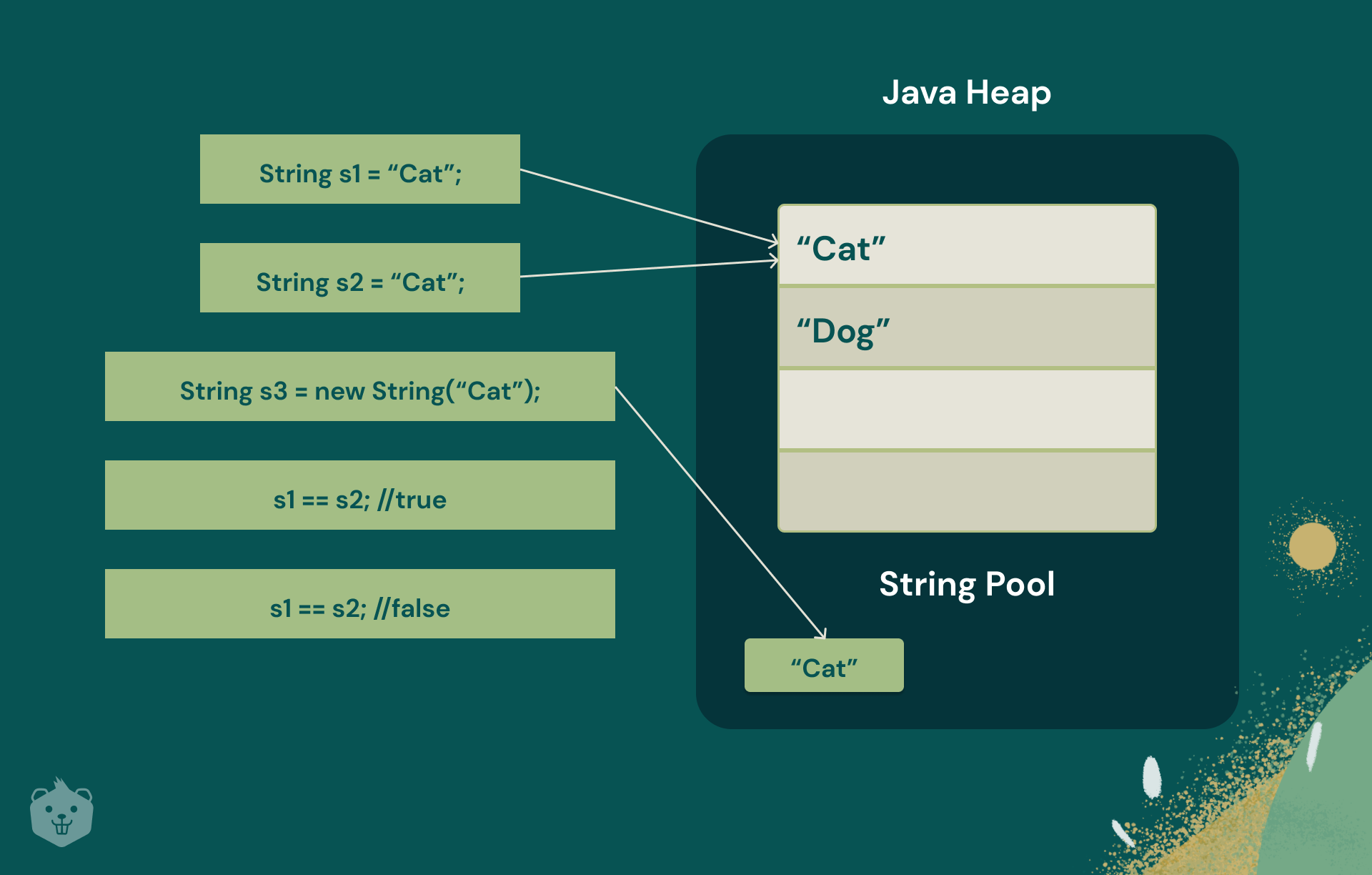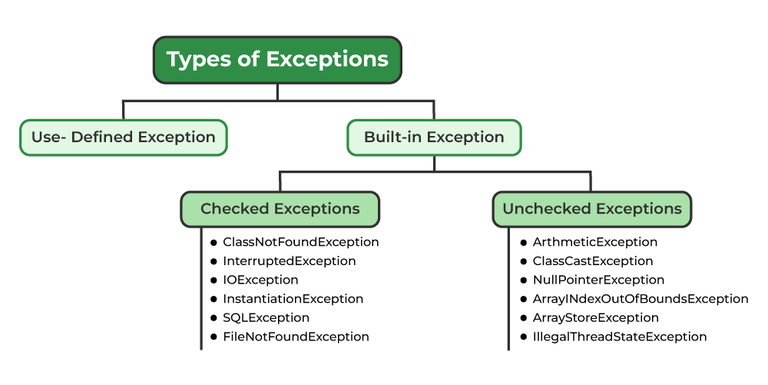What is an annotation in Java?
What is an annotation in Java?
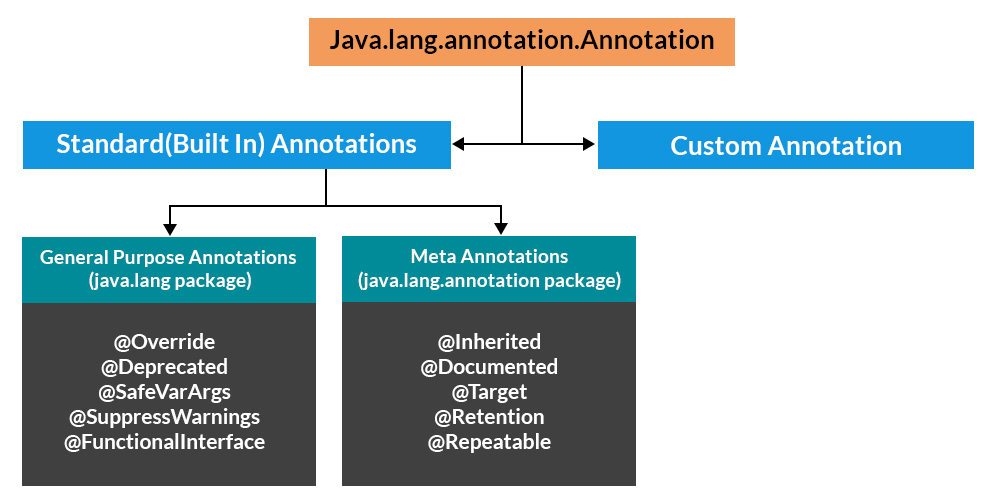
An annotation in Java is a program element that provides metadata about another program element, such as a class, method, variable, or package. Annotations are used to provide additional information about the elements they annotate, and can be inspected at runtime using the reflection API.
Annotations were introduced in Java 5 (JDK 1.5) as part of the standard library. They allow developers to add custom metadata to their code without having to modify the bytecode or use external tools. Annotations are represented by a special type of object called an annotation interface, which is used to define the structure and behavior of annotations.
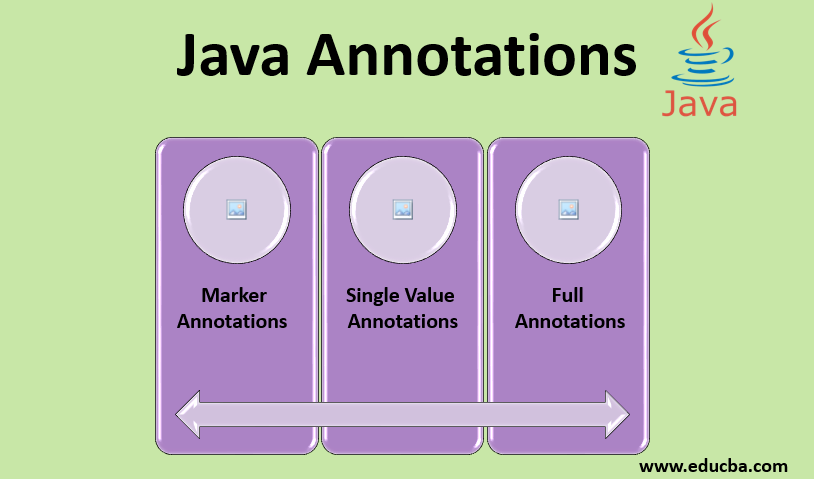
Annotated elements can have zero or more annotations associated with them. Each annotation has its own set of attributes, such as name, value, and description. Annotations can be placed at various levels, including package, class, method, constructor, field, variable, parameter, exception, and local variables.
Some common uses for annotations in Java include:
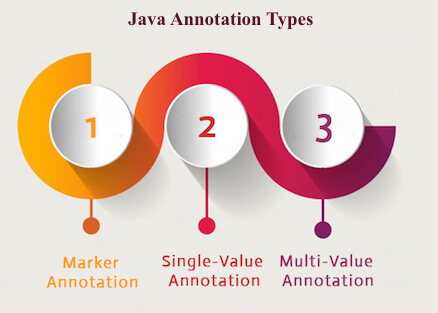
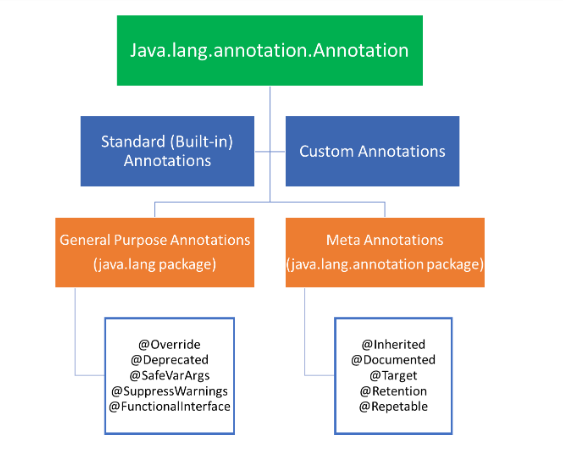
Some examples of annotations include:
@Override: Indicates that a method overrides another method. @Deprecated: Indicates that a class, method, or field is deprecated and should not be used. @SuppressWarnings: Suppresses specific warnings for a class, method, or field. @Author: Specifies the author of a class or method.Annotations are not enforced at compile-time but can be inspected using reflection at runtime. This means that while you can't directly enforce annotations as constraints on your code, they can still influence how your code behaves and is used.
java annotation processor
Here's a comprehensive overview of Java Annotation Processors:
What is an Annotation Processor?
In the context of Java programming, an annotation processor is a tool that processes and analyzes Java annotations at compile-time or runtime. Annotations are used to add metadata to Java code, such as author, version, and timestamp information.
How do Annotation Processors Work?
When you write Java code with annotations, the compiler (or your favorite IDE) identifies these annotations and passes them to an annotation processor. The processor analyzes the annotations and performs specific tasks based on their values or configurations.
Here's a high-level overview of the process:
Compilation: You compile your Java code with the desired annotations. Annotation Processing: The compiler or IDE detects the annotations and passes them to an annotation processor. Processing: The processor analyzes the annotations, checks for any errors or inconsistencies, and performs specific tasks based on their values or configurations. Output: The processor generates output, which can be in various forms (e.g., Java code, XML files, or databases).Java Annotation Processing API
To create your own annotation processor, you need to use the Java Annotation Processing API. This API provides a set of classes and interfaces that help you develop processors that can analyze and process annotations.
The core classes in the API are:
AbstractProcessor: This is the base class for all annotation processors. It provides the basic functionality for processing annotations. RoundEnvironment: This class represents the current compilation round, which includes information about the source files being processed. Element: This interface represents a single element in the Java program (e.g., method, field, or constructor).Advantages of Annotation Processors
Annotation processors offer several benefits:
Improved Code Quality: By analyzing and processing annotations at compile-time, you can catch errors earlier and improve code quality. Reduced Code Smells: Annotation processors can help eliminate code smells by enforcing coding standards and best practices. Increased Productivity: With annotation processors, you can automate tedious tasks, reducing the time spent on writing boilerplate code.Popular Annotation Processors
Some popular annotation processors include:
Lombok: A widely used processor that eliminates boilerplate code for getters, setters, constructors, and more. ByteBuddy: A dynamic proxying and mocking library that uses annotation processing to generate proxies at runtime. Javassist: A bytecode manipulation library that uses annotation processing to modify or extend the behavior of Java classes.In conclusion, Java Annotation Processors are powerful tools that help you analyze and process annotations in your code. By leveraging the Java Annotation Processing API, you can create custom processors to improve code quality, reduce code smells, and increase productivity.
